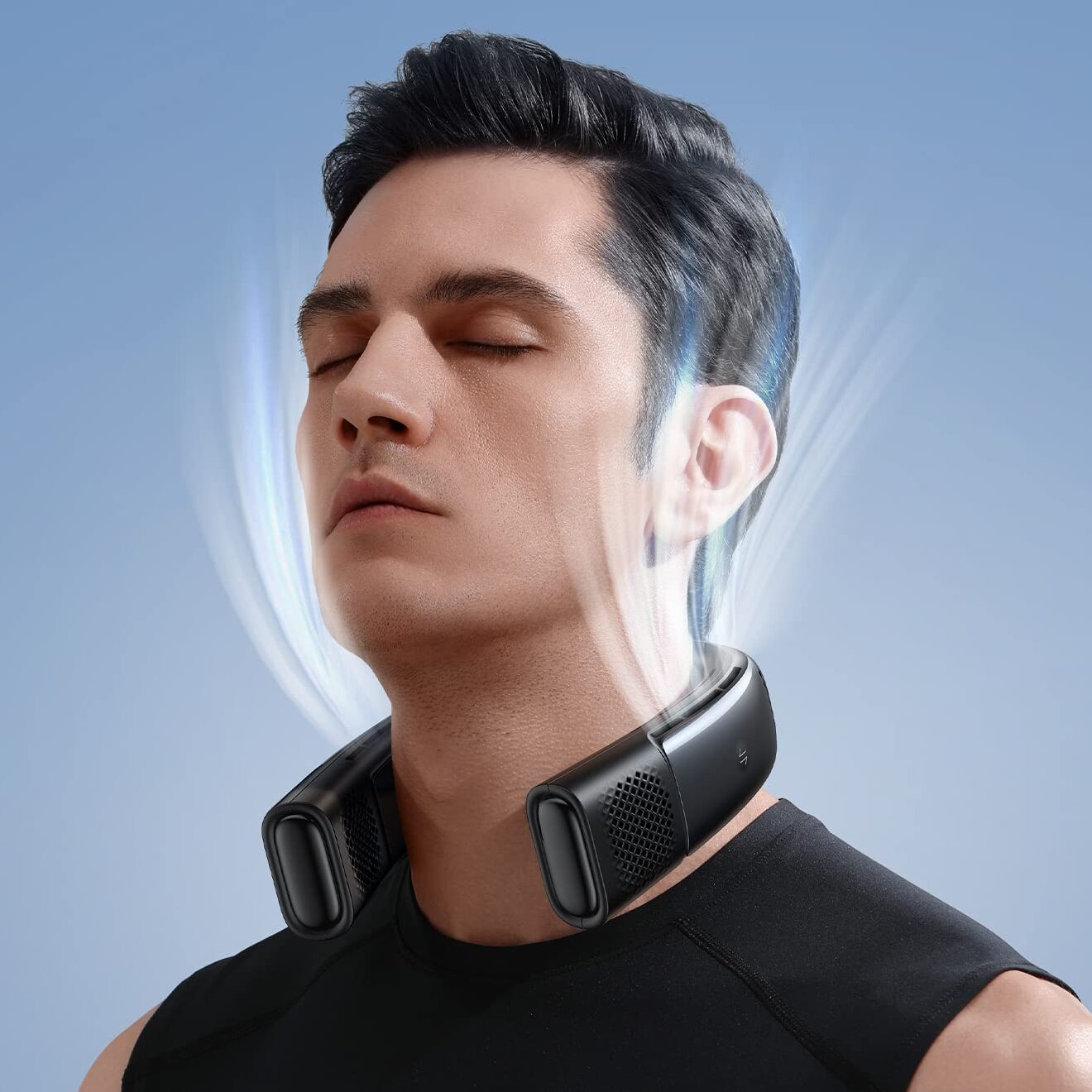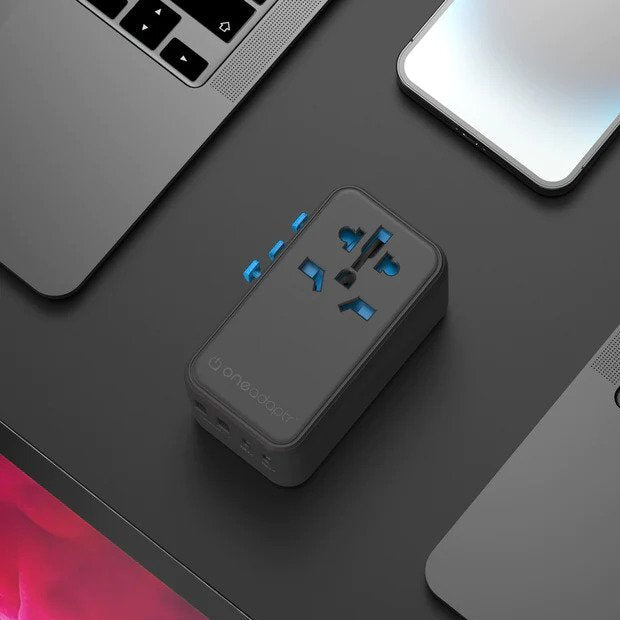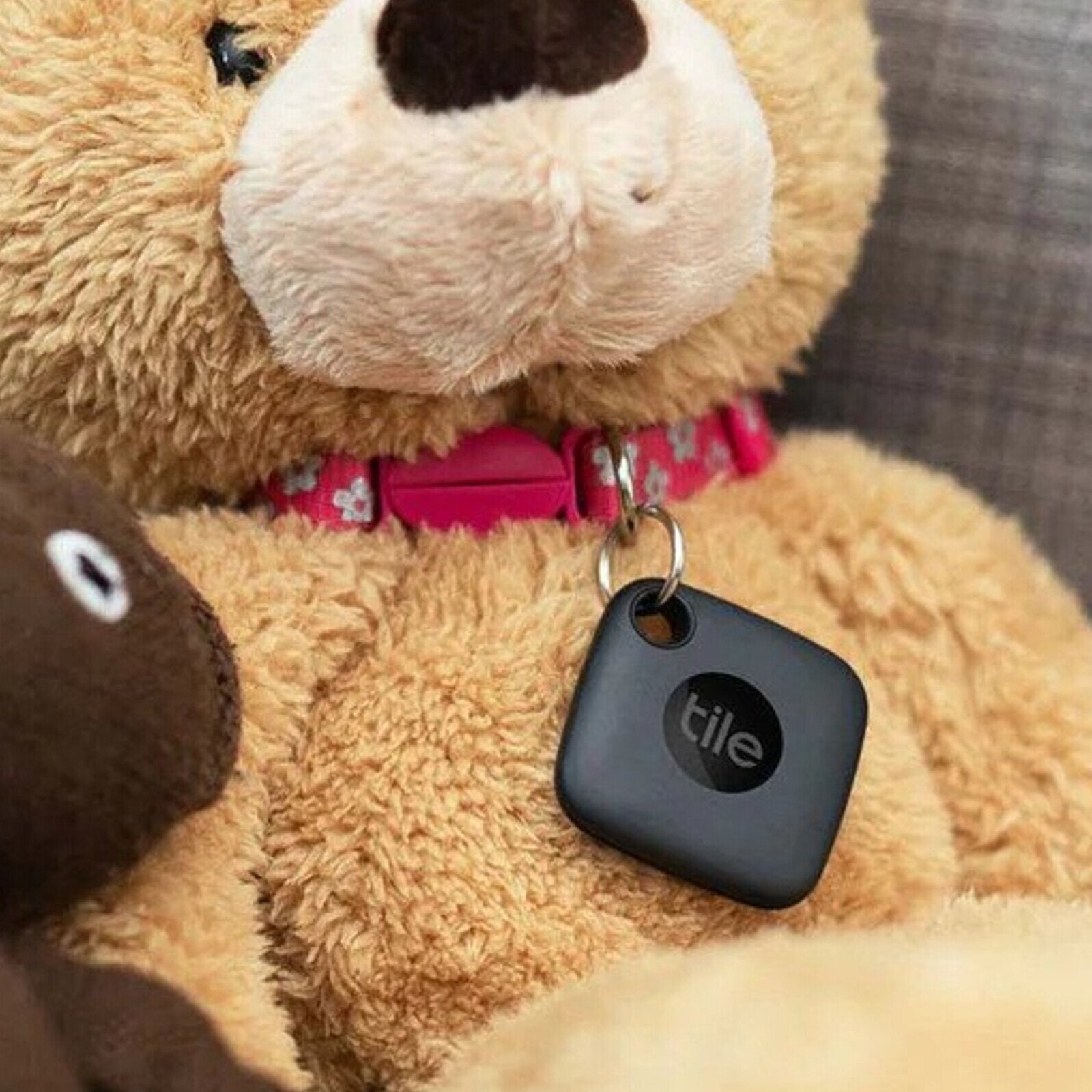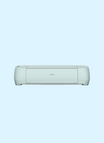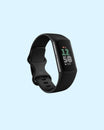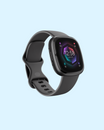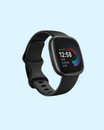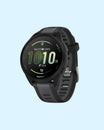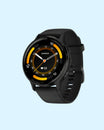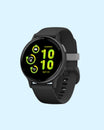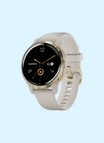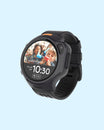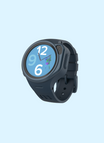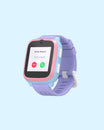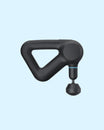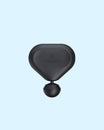TCL QM8 vs Samsung QN90C: Top-Tier 4K TV Comparison
By Elisabeth Christ
Updated September 2024

TCL’s QM8 and Samsung’s QN90C offer a battle of premium technologies, each pushing the boundaries of image quality, design, and smart features. With impressive specs, including QLED displays and mini-LED backlighting, these TVs promise immersive viewing experiences. But the details that set them apart can make all the difference for your needs. Whether it's gaming, home cinema, or day-to-day use, these two sets provide a range of solutions that fit different preferences. Let’s dive into the finer distinctions between these two models.
Key Takeaways
TCL’s QM8 offers outstanding value with its higher peak brightness, Dolby Vision support, and gamer-friendly features like Game Accelerator and ultra-low input lag. Samsung’s QN90C impresses with superior sound technology, future-proof ATSC 3.0 support, and a more polished interface with Gaming Hub integration. Both TVs offer superb picture quality with QLED and mini-LED technology, but the choice will depend on your specific needs for gaming, home theater, or everyday use.


TCL QM8 Mini-LED TV
Premium Smart TV with Exceptional Picture Quality
✓ Sleek design with slim bezel
✓ APIQ Gen 3 processor
✓ Anti-glare screen
✓ Up to 144Hz

Samsung Neo QLED TV QN90C
Smart TV That’s Suitable for Movie Enthusiasts
✓ Quantum Matrix technology for deeper blacks and more vibrant colors
✓ Up to 1987.34 nits peak brightness
✓ Anti-Reflection screen for glare and reflection reduction
✓ Object Tracking Sound+ (OTS+) for a dynamic audio experience
#1 Design

Samsung Neo QLED TV QN90C
Both the TCL QM8 and Samsung QN90C deliver sleek, modern designs, but they take different approaches. The QM8 has a minimalist aesthetic with a slim metal bezel and an angled center-mounted stand, ensuring it fits seamlessly into any living room setup. Its 98-inch model—the first from TCL with mini-LED technology—features feet mounted at either side to support its massive size. While the included remote control feels intuitive, its thin, long design with direct Netflix, Prime Video, and Apple TV Plus buttons offers a comfortable user experience, enhanced by a built-in microphone for voice commands.

TCL QM8 Mini-LED TV
On the other hand, Samsung’s QN90C comes with a NeoSlim design that exudes sophistication with an aluminum finish and a more compact hexagonal stand. Its remote is smaller and features non-backlit buttons but compensates by being highly functional, especially with built-in voice command activation. The overall design is meant to make the QN90C a stylish addition to modern homes, offering a refined touch of minimalism with practicality in mind.
#2 Image Quality

Samsung Neo QLED TV QN90C
When it comes to picture performance, both models shine, but in different ways. The TCL QM8 boasts QLED technology enhanced by mini-LED backlighting, featuring an astonishing 2,321 nits of peak brightness (with reports suggesting up to 5,000 nits). Its 1080 local dimming zones on the 65-inch model create deep blacks with minimal blooming, ensuring that even high-contrast scenes remain clear and vibrant. Its support for Dolby Vision IQ, HDR10+, HDR10, and HLG makes it a versatile set for HDR content, offering a dynamic and immersive viewing experience.
Meanwhile, Samsung’s QN90C holds its own with impressive brightness levels, peaking at 1,787 nits in Movie mode and maintaining excellent contrast with its mini-LED backlighting. Although its Delta E values hover in the 3-4 range, the accuracy of skin tones and rich color saturation make it an ideal option for film enthusiasts. One key difference is the QN90C’s lack of Dolby Vision, but its Neo Quantum HDR+ does provide dynamic processing for a wide range of HDR content, including HDR10+ and HLG.
#3 Sound Quality

TCL QM8 Mini-LED TV
The TCL QM8 brings an adequate sound profile for a TV in its class, featuring a 2 x 10-watt speaker system plus a 20-watt subwoofer. While its default Standard setting may seem crisp, the dialogue clarity shines through, and modes like Movie Mode kick up the bass for a richer experience. With Dolby Atmos and DTS Virtual
support, it ensures that soundtracks and movies benefit from spacious, enveloping audio.
In comparison, Samsung’s QN90C takes sound performance up a notch with a 4.2.2-channel Dolby Atmos setup, creating a broader soundstage through its Object Tracking Sound Plus technology. While the bass doesn’t have the same punch, the TV compensates with its Q-Symphony 3.0 feature, designed to sync with Samsung soundbars for a fuller home theater experience. Although high volumes can lead to some compression, the Amplify setting helps in keeping the sound both loud and clear.
#4 Smart Features

Samsung Neo QLED TV QN90C
Both TVs excel in smart features, but with different operating systems at the helm. The TCL QM8 uses Google TV, offering over 800 free-to-stream channels in addition to customizable profiles, intuitive navigation, and voice command integration via Google Assistant. Gamers will appreciate the dual HDMI 2.1 ports that support 4K 120Hz input and up to 144Hz for gaming via HDMI input 1. With Game Accelerator allowing up to 240Hz VRR gaming at 1080p, this TV caters well to those seeking low input lag and smooth frame rates.
Samsung's QN90C, powered by the Tizen interface, delivers a similar experience with a streamlined UI and support for voice commands via Bixby, Alexa, and Google Assistant. Its standout feature is the Samsung Gaming Hub, which consolidates cloud-based services like Xbox, Nvidia GeForce Now, and Amazon Luna. With support for VRR, FreeSync Premium, and a mere 9.8ms input lag, the QN90C holds a slight edge for serious gamers looking for optimal performance.
#5 Connectivity

TCL QM8 Mini-LED TV
Connectivity is another area where these two models match up closely. The TCL QM8 offers four HDMI ports, including two HDMI 2.1 ports that allow 4K 120Hz input, along with eARC support for enhanced audio. It supports Bluetooth audio output and integrates seamlessly with Google Assistant, Alexa, and Apple HomeKit. AirPlay 2 and Chromecast are also built in, giving users a wide range of options for content casting.
On the other side, Samsung’s QN90C also features four HDMI 2.1 ports, but it has an added advantage with ATSC 3.0 support, making it future-proof for next-gen digital broadcasts. It too supports voice assistants and features a built-in tuner for OTA channels. Its connectivity options are rounded out by Samsung SmartThings, allowing users to control smart home devices directly from the TV screen, making it a hub for home automation.
TCL QM8 vs Samsung QN90C
Final Thoughts

TCL QM8 vs Samsung QN90C
If you’re looking for a TV that balances affordability with cutting-edge gaming features and stunning brightness, the TCL QM8 is your go-to option. On the other hand, the Samsung QN90C provides a premium experience with advanced sound capabilities, excellent smart features, and robust connectivity that makes it a future-proof choice for those who value long-term investments. Both deliver on multiple fronts, but the best pick depends on your focus—be it immersive gaming or premium content streaming.
If you like to read more about Smart TVs, check out our other relevant guides here:
TCL Q6 vs Q7
TCL QM8 vs Q7
TCL QM8 vs C855
TCL QM8 vs C845
TCL QM8 vs QM7
Don't miss out on tech
Subscribe to our newsletter to stay up to date on the latest tech trends and guides on the best gadgets around.

